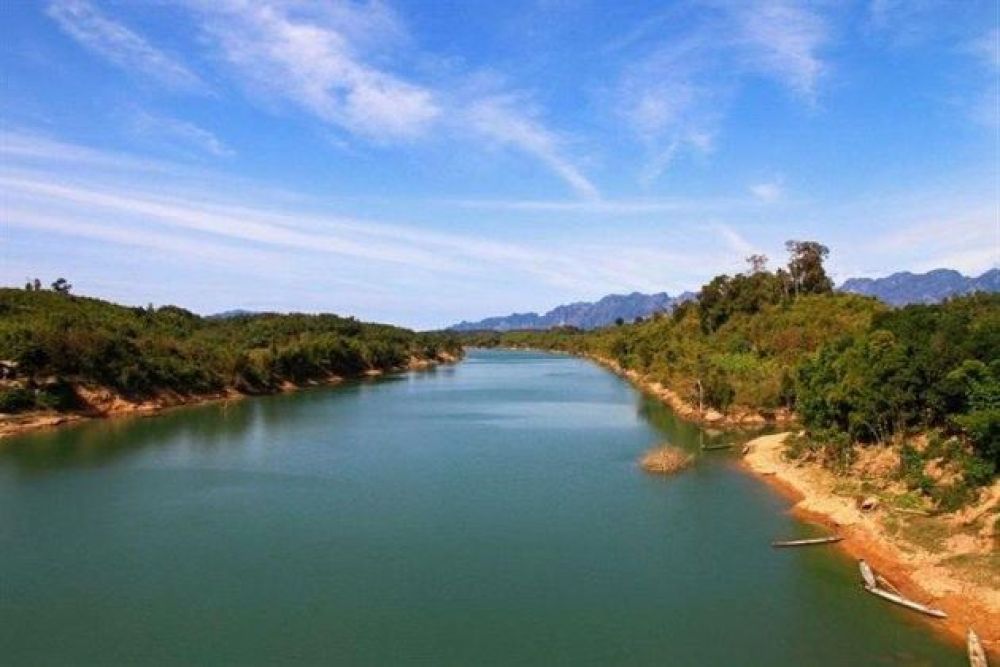

The Mekong River—a lifeblood of Southeast Asia—winds its way through the heart of Laos, shaping the history and culture of the charming province of Champasak. Historically, this mighty river served as a crucial transportation and trade route, which brought influences from various parts of Asia to the local culture, visible in the region's cuisine, traditions, and architecture.
The area's tourism history is deeply intertwined with the ancient Khmer civilization, primarily because of the magnificent Wat Phou temple complex, a UNESCO World Heritage site since 2001. Wat Phou embodies the connection to the Angkor period and predates the famous Angkor Wat in Cambodia. For years, the temple complex has attracted historians, archaeologists, and travelers alike, each seeking to unravel the mysteries of this grand monument.
As accessibility to Laos improved, the Mekong River started gaining prominence among tourists. Champasak's tourism industry began to flourish in the late 20th century, with the Mekong River playing a pivotal role, offering breathtaking cruises that showcase the serene Lao countryside, traditional villages, and remarkable biodiversity.
In recent years, there has been a significant shift in the tourism trends of Champasak. Modern travelers are increasingly seeking authentic and sustainable experiences. Eco-friendly lodges and tours have emerged, with local communities actively participating in tourism development while safeguarding their natural and cultural heritage. This has led to a rise in community-based tourism, where visitors can engage in activities like fishing, textile weaving, or organic farming alongside the locals.
Adventure tourism has also taken a foothold along the Mekong, with opportunities for kayaking, cycling, and trekking. Tourists, drawn by the call of the wild, explore the river's networks and surrounding landscapes, including the Si Phan Don (4000 Islands), where rare Irrawaddy dolphins can still be seen.
The future of tourism in Champasak looks bright but calls for careful management to ensure that growth is sustainable. There is an ongoing focus on preserving the biodiversity of the Mekong River, the cultural integrity of the local communities, and the historical significance of Lao heritage sites. Efforts to improve infrastructure and promote responsible travel practices are key to maintaining the balance between developing tourism and preserving this stunning region's unique environment and way of life.
As tourism continues to evolve, visitors to the Mekong River in Champasak can look forward to a fusion of cultural immersion, historical exploration, and eco-adventures that are as enriching as they are sustainable.
Whether it's cruising along the mighty Mekong, uncovering the ancient secrets of Wat Phou, or living among the local community, Champasak offers a tourism experience that is not just about seeing new places but also about fostering a deeper understanding and appreciation of this beautiful corner of the world.